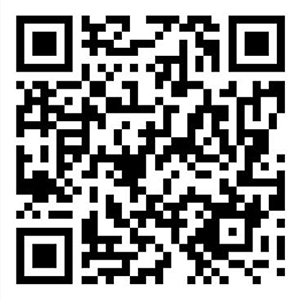Three Language Secrets To Improve Your Sales Results
Language is one of the most important means of communication. Words are vital components of language, and so are gestures, looks, movements, sounds, art, music, and of course, silence. (Many people feel uncomfortable with silence, yet, it is such a remarkable excellent tool both in life and in sales!)
As effective communicators, we sales people need to be aware of our messages: sometimes “unwanted” words and gestures come up, and fluid communication becomes somewhat difficult. That is why it is so important to think how we are going to use words with clients before actually being with them. Rehearsing some language secrets in advance will turn your communication into a more fluent, transient, and empowering experience for your clients.
Secret Number One: Avoid Labeling
Broadly speaking, when we openly or mentally label a situation, a person, a feature of ourselves – whatever – it is always with a negative connotation which tends to limit possible different ways to keep on growing, specially in the sales arena, just because labeling is a means to narrow our minds and has the effect to “filter in” only the information that will serve as “consistent evidence” that back-up the labels we created. You need to remember that our mind is sometimes tricky: you cannot trust it very much, it may lead you to make big mistakes!
So, in order to avoid labeling, every time you have a tendency to judge, simply act as a judge instead, :use language to reason, ask yourself: “What is the real evidence I count on to make such an assumption about this…person, situation, myself, whatever?” “What questions could I make in order to learn more about this and check if I am making a sound conclusion or a stupid one? “Why do I post this “identity label” to myself and keep it in my mind when it does not help me in my work – and life – at all? What is it I need to say or do differently in order to produce the outcomes I desire?
To help you adopt good self- criticism, just refer to you ( the situation, the other person – whatever ) in a positive, enquiring manner: “I am such a great salesperson! Isn´t it great I am able to improve my performance by learning new language strategies?” “She is a very reserved and quiet client, what could I say to her (or what words would I choose ) to open up the dialogue without sounding pushy or invasive given her reluctance to speak?
Note that whenever I get you through this column, I reinforce the idea of making lots of open questions everyday, all day long. They are really helpful and have the advantage of erasing all psychological “stick ability” to labeling.
Secret Language Number Two: Use Tag Questions
This is such a simple, wonderful and effective technique! Isn´t it? You will find it very useful, especially when you have established good rapport with clients. Question Tags are known as “positive change facilitators” in Neurolinguistics because they reinforce “buy-in” behaviors. You can even apply them to reinforce the client´s “mood” of the moment: “ You know Ms. XX, I truly believe you are going to enjoy this beautiful ring for many years to come and in plenty of occasions, don´t you agree?
I am pretty sure once you start noticing how helpful this tool is in getting results, and once you feel comfortable expressing question tags, you will feel encouraged to use it more in your daily working routine, won´t you?
Secret Language Number Three: Neutralize objections with “And…”
Your clients will come up with thousands of diverse objections rather than price or payment. They will tell you even interesting things about family matters if they have in mind to get you up in their roller coaster of “not being sure” or “not being ready” to purchase. We know that, and certainly we expect that. After all, it is in the very core of human nature to struggle a bit before closing a deal, just because…
Therefore, when a client posts an objection and he/she says something like: “ I am really scared to make this step” , you take a few seconds and magnetize your suggestion: “I understand Mr XX…AND that means you are someone conscious about your important choices…Plus, fear is part of human nature, isn´t it?</span> Although I am sure you will agree that our best decisions come associated with a little bit of fear, just because it is an ingredient of getting everything is worth having, don´t you think so?</span>”
As professional salespeople in the luxury market we have today what I believe is an un-precedent historical opportunity to take advantage of the person-to-person interaction: you can harness language tools and use them purposefully in the direction of positive change, whether it is closing a sale or coming to an agreement.
Make the effort: study these secrets a little bit further and apply them right away, they will help you go beyond your imagination, and sales goals.
Note: this article has been published in Jewelry News Network , USA – January 11, 2012
Mónica M. Arias
Excellence Expert & Consultant: Helping you discover how to reach your next level through excellence.
contacto@monicaarias.com.ar
Copyright 2011


